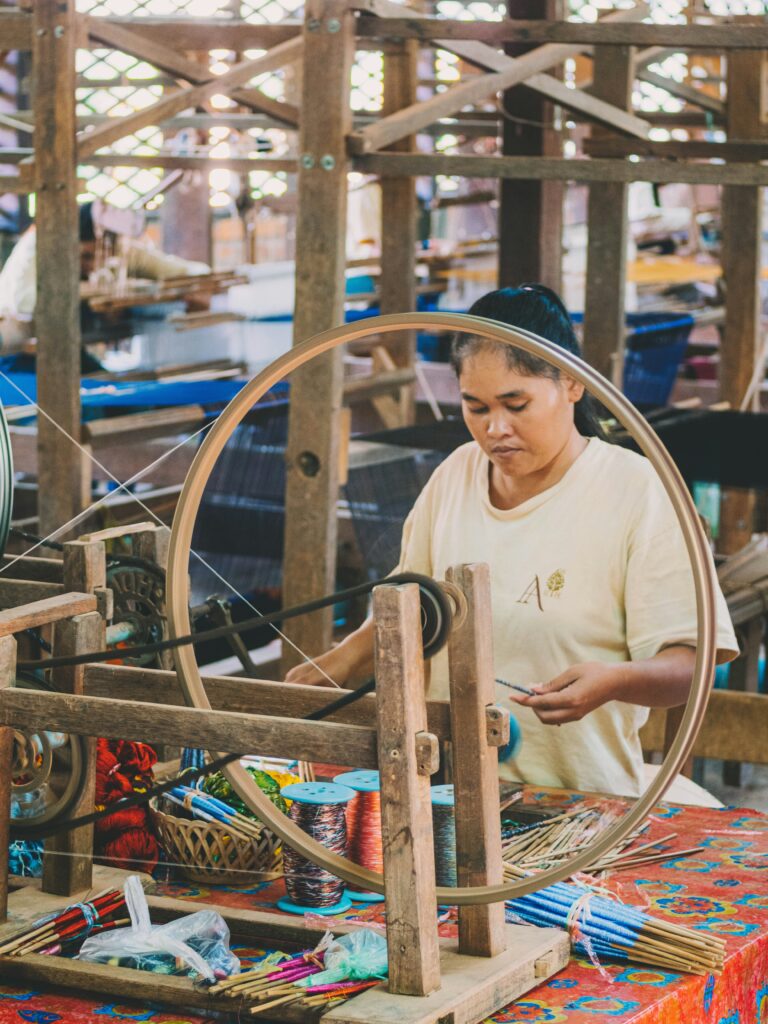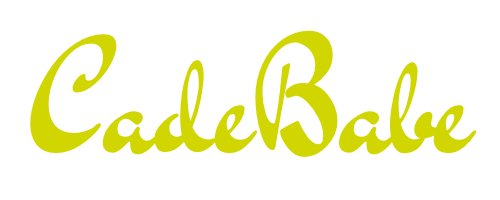New to the sustainable fashion conversation? While reading these definitions it is important to know that each term is multi-faceted and there are many nuances to sustainable fashion. It’s often not simple, nor black or white. Each of these terms could be a blog in itself – looks like I have my work cut out for me! I made this topic easy for quick reference and sustainable fashion beginners but if you want to learn more I sited a few of my favourite resources I go to when I want to dig deep at the end of this blog.
Sustainable Fashion
Sustainable fashion is often used as an umbrella term for concepts relating to the environment, human rights, mindful consumerism and minimalism. Specifically, Sustainable Fashion means taking a balanced approach to all factors of the garment – design, resources, and consumption – while looking at the long term effect the item/company has on our world.

Ethical Fashion – Ethical fashion relates to the social impact of sourcing and producing the garment. The well being of the workers, the impact to the communities and animal welfare fit into this category. Unfortunately, the manufacturing of most garments take advantage of communities and their workers and often times the brands hiring the factories don’t even know what goes into producing their own garments.
Eco-Fashion – Eco -fashion has little to no impact on the environment and is mindful of the resources used such as material, production, shipping and packaging.
Circular Fashion – Circular fashion is the dream world – where nothing goes to waste during the productions, use and discarding of the item. At the end of the products life cycle the idea is that it contributes positively to the environment and regenerating natural systems.
Transparency – Transparency is the sharing of information regarding all players associated with the production of the good. Transparency allows consumers to know exactly what they are buying and how their purchase impacts the larger picture.
Fast Fashion – we’ve all been a part of this system – buy and wear the newest and trendiest, but only once because there’s already a photo on the ‘gram. Fast Fashion is a model of mass-consumption, over produced, cheaply made and often discarded clothing and accessories. These items are manufactured at an extremely fast pace – offering new collections 52 times of the year to consumers. It plays a key role in the toxic systems that have named fashion one of the top polluting industries.
Slow Fashion – Slow Fashion is a mindset and a movement focused on quality over quantity. Put simply, it’s the opposite of Fast Fashion. Slow Fashion is similar to Sustainable or Ethical Fashion and the terms often go hand in hand. However, the difference is that it focuses on changing the mindset of over consumption more than how or wear items are made.
Green – Washing – This is a dirty word in our industry, and one that I hope I can help you navigate. Green washing is a term used when companies use marketing tactics to bring environmental issues to the fore front and make it appear as if they are making sustainable choices – when it’s really just a cover for the larger impact that company is making. This might look like Organic Cotton garment tags, a small eco-friendly collection within their largely over inventoried stores (cough Zara and H& M) or the use of ‘it’ words on the packaging of beauty products to make it appear clean.
Minimalism – Insert link to Marie Kondo here! Actually, check out my friend Tidy By Emily – she helped us get our shit together! Minimalism is about stripping back the unnecessary items from your closet, home and life. Keeping only the things that bring you true happiness in your life. Finding the right balance of minimalism in your life is helpful, but it’s okay that it’s different for everyone!
Recycling – the process of turning waste into something new. Making materials from discarded plastic bottles or post-industrial cotton are forms of recycling. You may have seen me post about my favourite Brunette The Label Shacket made from recycled fabrics!
Upcycling – the process of re-using and re-purposing as well but on a higher level of quality. It removes waste from the system while requiring less energy than recycling – thus, being a better alternative! Buying from a second hand store or refurbishing something from your closet are ways you can upcycle at home! Check out my blog on how to upcycle an old t-shirt to produce bag here!
Traceability – Many companies make claims about their products but many don’t share the ins and outs of those claims. When shopping mindfully it’s important to understand the products beginnings (how is the material grown or sourced?) to its end, traceability is the ability to see the products lifecycle from beginning to end. Essentially, it’s the brands ability to communicate and PROVE their marketing claims. If it’s not traceable, it’s likely greenwashing.
Organic – Organic clothing is made from materials that are grown or raised without synthetic or chemical forms of pesticides or herbicides, are not genetically modified and Organic materials in fashion are most notably cotton – farming organic cotton practices reduce water consumption, reduce pollution in waterways, reduce energy used, reduces greenhouse gas emissions, and reduces the likelihood of acid rain. Organic can also refer to how the item is dyed. This is a long topic that needs its own blog post, for now try to purchase organic cotton and look for items with a GOTS (Global Organic Textile Standard) certification.

Vegan & Cruelty Free
vegan clothing and accessories are made without animal materials or animal by-products such as leather, fur, wool, silk, glues and more. Vegan options are good for the animal but often harmful for humans and the earth. Vegan fashion is often harmful for the environment because they use synthetic materials leading to harmful production and waste.
Biodegradable – Materials and dyes that decompose over time could make a beneficial impact on the overall waste of fashion. Biodegradable materials are natural fibers such as cotton, algae, wool, bamboo, linen, Tencel, rayon viscose, cashmere, alpaca and hemp.
Second Hand – Buying from thrift stores, consignment stores, buy and sells, and getting hand me downs from a friend or family member are all ways that you can get second hand clothing. Giving our clothes a longer life span is important to keep fashion out of the landfills. Check out my review on top online second hand resellers here!
Carbon Neutral / Carbon Offsetting – Material sourcing, dyeing, manufacturing and shipping all contribute to a brands carbon footprint but the majority of fashions carbon footprint comes from electricity usage of washing, machine drying and ironing fabrics and products. Some brands work with non-profit organizations to track and offset their carbon impact. Carbon Neutral is good but Carbon Positivity is better!
Microplastics / Microfibers – Microplastics are itsy bitsy pieces of plastic less than 5 mm in length (think a grain of rice). Most of our textiles today are made from synthetic fibers – with 50% of our clothing made from plastic, most often in the form of polyester. All fibres break down into microfibres but the main concern is plastic microfibres. Microfibres are shed from wearing, washing and disposing our clothing and travel through our air, soil and waterways.
Fair trade – Fair trade in the fashion industry refers to a trading partnership that prioritizes fair wages, safe working conditions, and sustainable practices throughout the production process. It aims to empower marginalized artisans and workers, promote environmentally friendly production methods, and ensure transparency and accountability in supply chains.

When shopping, keep an eye out for labeled certifications like Fairtrade International. Fairtrade Interantional is a leader in the global movement to make trade fair. A product with the FAIRTRADE Mark means producers and businesses have met internationally agreed standards which have been independently certified. Here is a list of the key issues Fairtrade works towards.
Source Note: Many of these definitions are sourced or shared from Good On You’s article “The 22 Ethical and Sustainable Fashion Terms You Need to Know”. Good On You is a mobile App and website and is one of my favourite resources for sustainable fashion! Check them out here: Good On You


